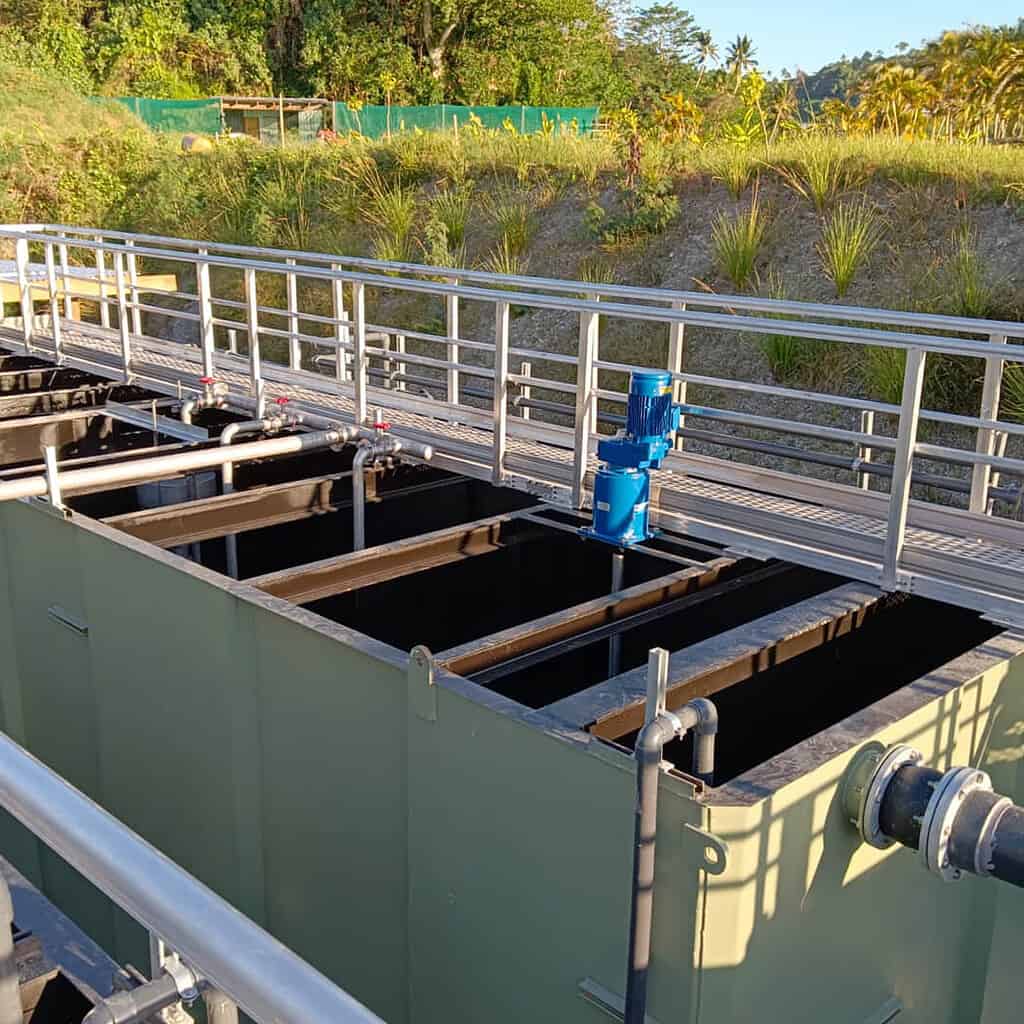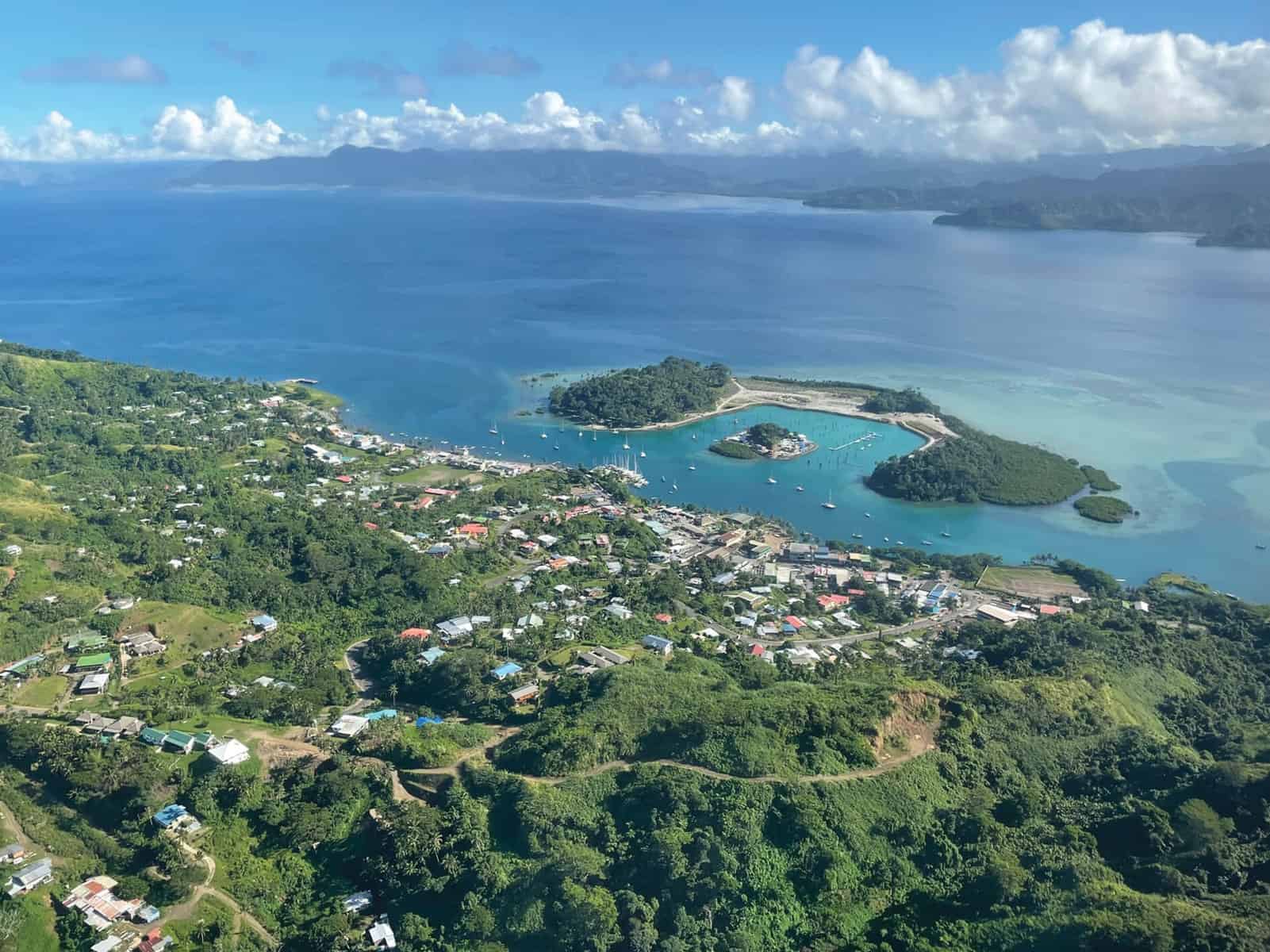Protecting natural capital in the Pacific islands requires a comprehensive, sustainable, life cycle approach to asset design, selection and management.
Infrastructure like sewage treatment is expensive and it plays a critical role in protecting the environment so let’s look at some of the concerns and how the Hydroflux Group addresses them when it comes to decentralised solutions.
Robust and resilient design is a must because the Pacific is a challenging physical environment often battered by weather events on an increasing basis. Operational capability needs to be considered to balance off against the available talent and in the case of sewage treatment, the system must be able to protect the ecosystem it discharges into. Of equal importance to all of the above is the long-term support available to the client for the life span of their asset.
Finding sustainable infrastructure solutions, like sewage treatment, is not about finding the cheapest supplier, it’s about finding the relationship that will provide and maintain all-of-life asset value and most importantly protect the community and the ecosystems in which we live.
The Nawi Island sewage treatment plant in Savusavu Bay, is the latest example of the Hydroflux Pacific Sustainable Infrastructure Program.
In the case of Nawi Island, the program commenced its support phase in design mode considering two key constraints.
- The Island development was to be staged over a number of years.
- The treatment process had to remove nutrients to protect the marine ecosystem.

A Hydroflux Epco RoadTrain Advanced, was selected for the first 100 cubic metre stage, to meet the marine ecosystem discharge limits, and a future second stage involved capacity upgrades.
With the process selected, the support phase continued with development and acquisition of the Department of Environment permit on behalf of the client.
Moving into the delivery phase of the program saw in-country production of the Hydroflux Epco RoadTrain in Ba, Viti Levu. In-country production is a Hydroflux standard for the Pacific because it increases economic value in the countries we operate and it allows us to reduce our carbon footprint and proudly stand up to be counted as the first water sector company in the Pacific to be certified carbon neutral.
On-site, the plant was installed under Hydroflux supervision and it will be commissioned onto live sewage shortly, but that’s not where the Hydroflux Pacific program ends.
In fact, the protection phase of the Sustainable infrastructure Program never ends because protecting assets and natural capital doesn’t have a fixed timeline like a construction project. The protection phase of the Nawi Island RoadTrain will last indefinitely, providing the client with operator training, guidance, spare parts and chemicals for the life span of the development.
